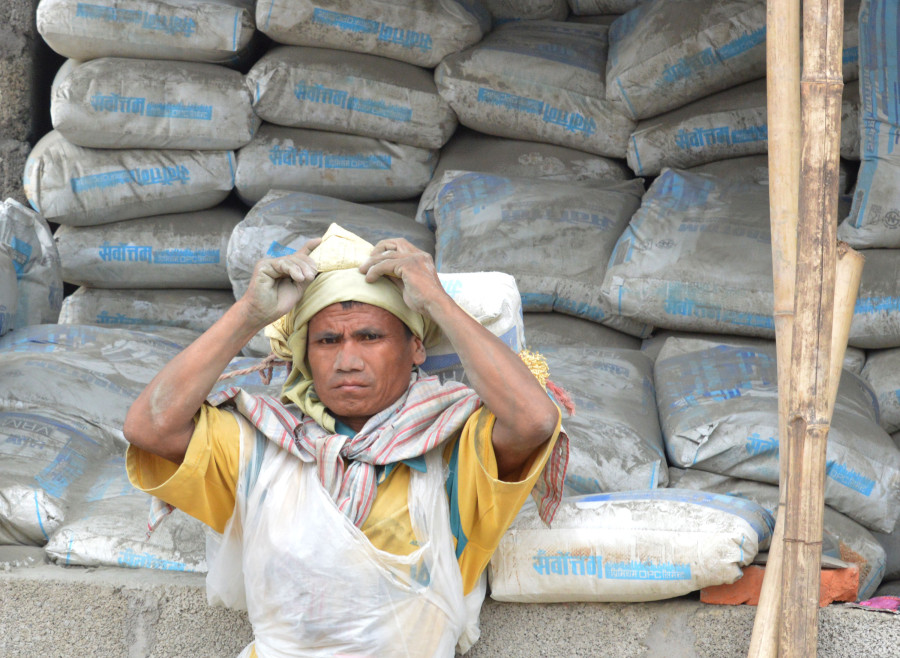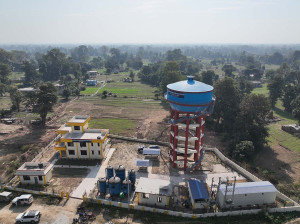Money
Standards bureau enforces a slew of quality control measures in cement industry
The body says that the manufacturers would be provided time to implement the new regulation.
Krishana Prasain
Nepal Bureau of Standards and Metrology has introduced a slew of quality control and certification measures in the burgeoning cement industry in Nepal.
The government is trying to improve the quality of Nepali cement brands as they pale in comparison to Indian brands. Majority of the infrastructure projects across the country use Indian cement as Nepali brands fail to meet project criteria.
The national standard body has made it mandatory for cement factories to mark the expiry date on the packaged construction material to ensure the quality of the product. The cement validity date should not be more than 3 months from the manufacturing date and the sacks should mention “Not best to use after three months” from the manufacturing date, according to the bureau.
The implementation date of the new standard has not been fixed. The bureau said that the manufacturers would be provided time to implement the new regulation.
The body has also enforced “grading of cement” under the criteria set by the government authority.
As of now, cement factories have been grading products on their own.
In the future, the bureau will grade cements as per the international standards. There are three grades of cement available, 33, 43 and 53 grade, indicating the compressive strength of cement.
For example, 53 grade cement is best used for fast paced construction where initial strength needs to be achieved quickly.
The bureau has also directed the factories to laminate the cement sacks according to the regulation.
“The new regulation has been introduced to improve the quality of cement as more factories spring up across the country,” said Anil Shakya, director at the Physical Standard Formulation Section of the bureau. “The new standard regulation has already been approved by Nepal Council for Standards.”
He said that factories have to clearly mention the manufacturing and expiry date before sending the product into the market. He said that Nepali brand cement do not clearly mention the manufacturing and the expiry data.
Dhurba Thapa, president of Cement Manufacturers Association, said that they currently provide the manufacturing batch number but there is no exact manufacturing date on the sacks.
According to him, the validation or expiry date of cement is normally six months from the production date as the quality of cement depends on storage.
Thapa said that if the new regulation of laminating cement sacks is implemented, prices of cement would increase.
There are around 61 cement factories operating in the country with total production capacity of 15 million tonnes annually.
Lekhnath Aryal, manager of Shivam Cement, said they are ready to abide by the new law passed by the government.
“The new regulation to ensure the quality of domestic cement needs to be implemented as soon as possible,” said Prem Lal Maharjan, president of National Consumers Forum Nepal.
“Cement normally expires within a short span of time, therefore it’s necessary to mention the manufacturing and expiry date so that consumers are not cheated,” he said. “Only quality cement ensures strong construction. The regulation should have come earlier.”
***
What do you think?
Dear reader, we’d like to hear from you. We regularly publish letters to the editor on contemporary issues or direct responses to something the Post has recently published. Please send your letters to [email protected] with "Letter to the Editor" in the subject line. Please include your name, location, and a contact address so one of our editors can reach out to you.




 7.12°C Kathmandu
7.12°C Kathmandu















